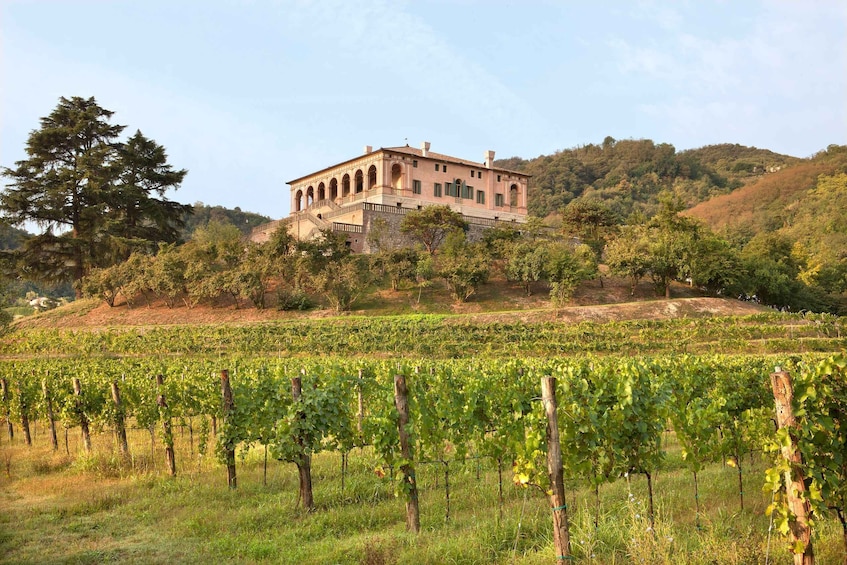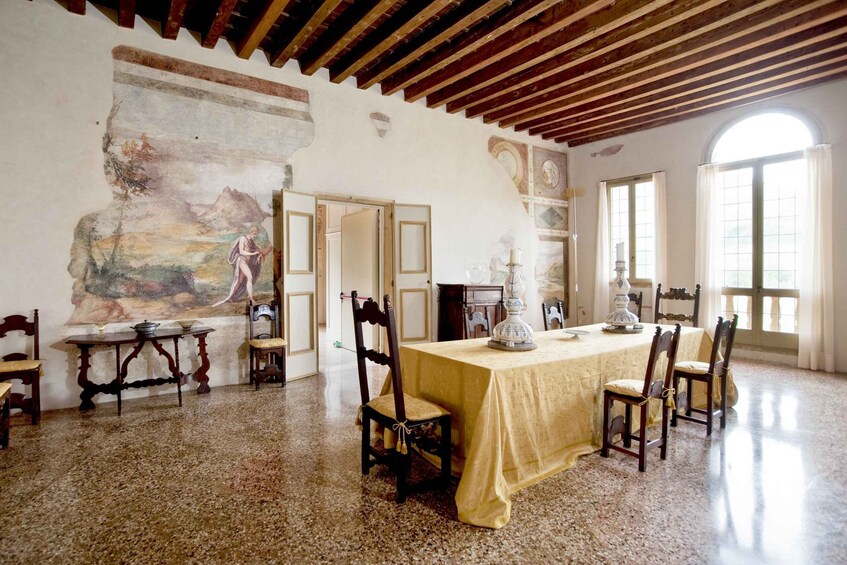Standing out on a knoll of the Euganean Hills, encircled by the lush, untainted greenery of the Veneto countryside, the Villa dei Vescovi is a highly significant villa that blazed a trail in this part of north-eastern Italy (and, indeed, far beyond) for a return to classical models, with echoes of the Roman Renaissance, thus anticipating Palladio’s widely copied aesthetic.
The concept for the Villa dei Vescovi (“Bishops’ Villa”) was originated in the early 16th century by nobleman Alvise Cornaro at the behest of the Bishop of Padua, who wanted a venue for his intellectual circle that would tap the potential of the countryside as a catalyst for elevated thoughts and reflections, which were considered essential elements for governing well. Designed in compliance with these ideals by the Veronese architect Giovan Maria Falconetto to a rigidly geometric plan, the villa then benfitted from the input of Giulio Romano. It constitutes a refined experiment in Humanist culture, in which architecture, art and the landscape engage with each other in an ongoing game of visual references through the loggias and terraces, with a view to enhancing the wellbeing of those spending time there.
As you approach the villa, a series of vineyards gives way to the verdant geometries of the walled garden, after which the beauty of the real landscape is once again reflected in the idealised panoramas of the loggias and the interiors, covered in their entirety with frescoes by the Flemish painter Lambert Sustris. The original vocation of the property, as a place with the ability to inspire and elevate the spirit, survives today: the invitation stills stands to immerse yourself in the Villa dei Vescovi, enjoying a day of creative otium or staying overnight in the guest accommodation, savouring the benefits of its heart-warming ambience.




